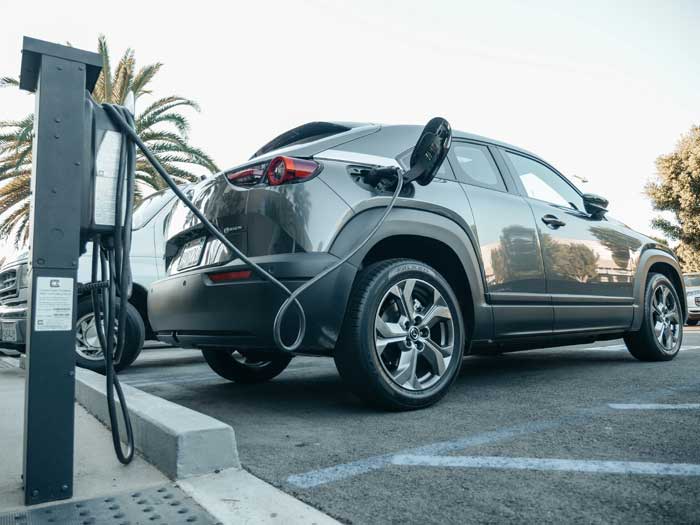‘Smart’ meters have security holes
- Computersecurity researchers say new smart meters that are designed to help deliver electricity more efficiently also have flaws that could let hackers tamper with the power grid in previously impossible ways.
At the very least, the vulnerabilities open the door for attackers to jack up strangers power bills. These flaws also could get hackers a key step closer to exploiting one of the most dangerous capabilities of the new technology, which is the ability to remotely turn someone elses power on and off.
The attacks could be pulled off by stealing meters — which can be situated outside of a home — and reprogramming them. Or an attacker could sit near a home or business and wirelessly hack the meter from a laptop, according to Joshua Wright, a senior security analyst with InGuardians Inc. The firm was hired by three utilities to study their smart meters resistance to attack.
These utilities, which he would not name, have already done small deployments of smart meters and plan to roll the technology out to hundreds of thousands of power customers, Wright told The Associated Press.
There is no evidence the security flaws have been exploited, although Wright said a utility could have been hacked without knowing it. InGuardians said it is working with the utilities to fix the problems.
Power companies are aggressively rolling out the new meters. In the U.S. alone, more than 8 million smart meters have been deployed by electric utilities and nearly 60 million should be in place by 2020, according to a list of publicly announced projects kept by The Edison Foundation, an organization focused on the electric industry.
Unlike traditional electric meters that merely record power use — and then must be read in person once a month by a meter reader — smart meters measure consumption in real time. By being networked to computers in electric utilities, the new meters can signal people or their appliances to take certain actions, such as reducing power usage when electricity prices spike.
But the very interactivity that makes smart meters so attractive also makes them vulnerable to hackers, because each meter essentially is a computer connected to a vast network.
There are few public studies on the meters resistance to attack, in part because the technology is new. However, last summer, Mike Davis, a researcher from IOActive Inc., showed how a computer worm could hop between meters in a power grid with smart meters, giving criminals control over those meters.
Alan Paller, director of research for the SANS Institute, a security research and training organization that was not involved in Wrights work with InGuardians, said it proved that hacking smart meters is a serious concern.
We werent sure it was possible, Paller said. He actually verified its possible.... If the Department of Energy is going to make sure the meters are safe, then Joshs work is really important.
SANS invited Wright to present his research at a recent conference it was sponsoring on the security of utilities and other critical infrastructure.
Industry representatives say utilities are doing rigorous security testing that will make new power grids more secure than the patchwork system we have now, which is already under hacking attacks from adversaries believed to be working overseas.
We know that automation will bring new vulnerabilities, and our task — which we tackle on a daily basis — is making sure the system is secure, said Ed Legge, spokesman for Edison Electric Institute, a trade organization for shareholderowned electric companies.
But many security researchers say the technology is being deployed without enough security probing.
Wright said his firm found egregious errors, such as flaws in the meters and the technologies that utilities use to manage data from meters. Even though these protocols were designed recently, they exhibit security failures weve known about for the past 10 years, Wright said.
He said InGuardians found vulnerabilities in products from all five of the meter makers the firm studied. He would not disclose those manufacturers.
One of the most alarming findings involved a weakness in a communications standard used by the new meters to talk to utilities computers.
Wright found that hackers could exploit the weakness to break into meters remotely, which would be a key step for shutting down someones power. Or someone could impersonate meters to the power company, to inflate victims bills or lower his own. A criminal could even sneak into the utilities computer networks to steal data or stage bigger attacks on the grid.
Wright said similar vulnerabilities used to be common in wireless Internet networking equipment, but have vanished with an emphasis on better security.
For instance, the meters encrypt their data — scrambling the information to hide it from outsiders. But the digital keys needed to unlock the encryption were stored on datarouting equipment known as access points that many meters relay data to. Stealing the keys lets an attacker eavesdrop on all communication between meters and that access point, so the keys instead should be kept on computers deep inside the utilities networks, where they would be safer.
That lesson seems to be lost on these meter vendors, he said. That speaks to the relative immaturity of the meter technology, Wright added.
Related News

How Should California Wind Down Its Fossil Fuel Industry?
LOS ANGELES - California’s energy past is on a collision course with its future. Think of major oil-producing U.S. states, and Texas, Alaska or North Dakota probably come to mind. Although its position relative to other states has been falling for 20 years, California remains the seventh-largest oil-producing state, with 162 million barrels of crude coming up in 2018, translating to tax revenue and jobs.
At the same time, California leads the nation in solar rooftops and electric vehicles on the road by a wide margin and ranking fifth in installed wind capacity. Clean energy is the state’s future. By law,…




